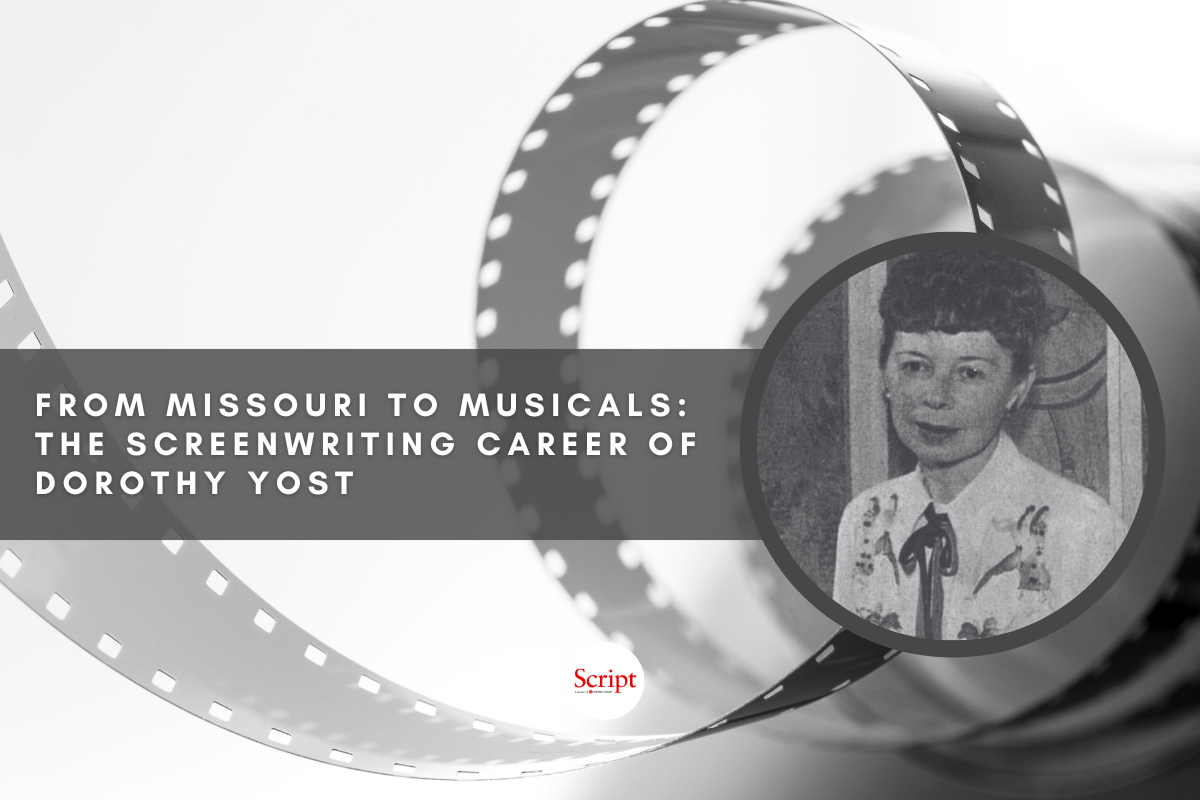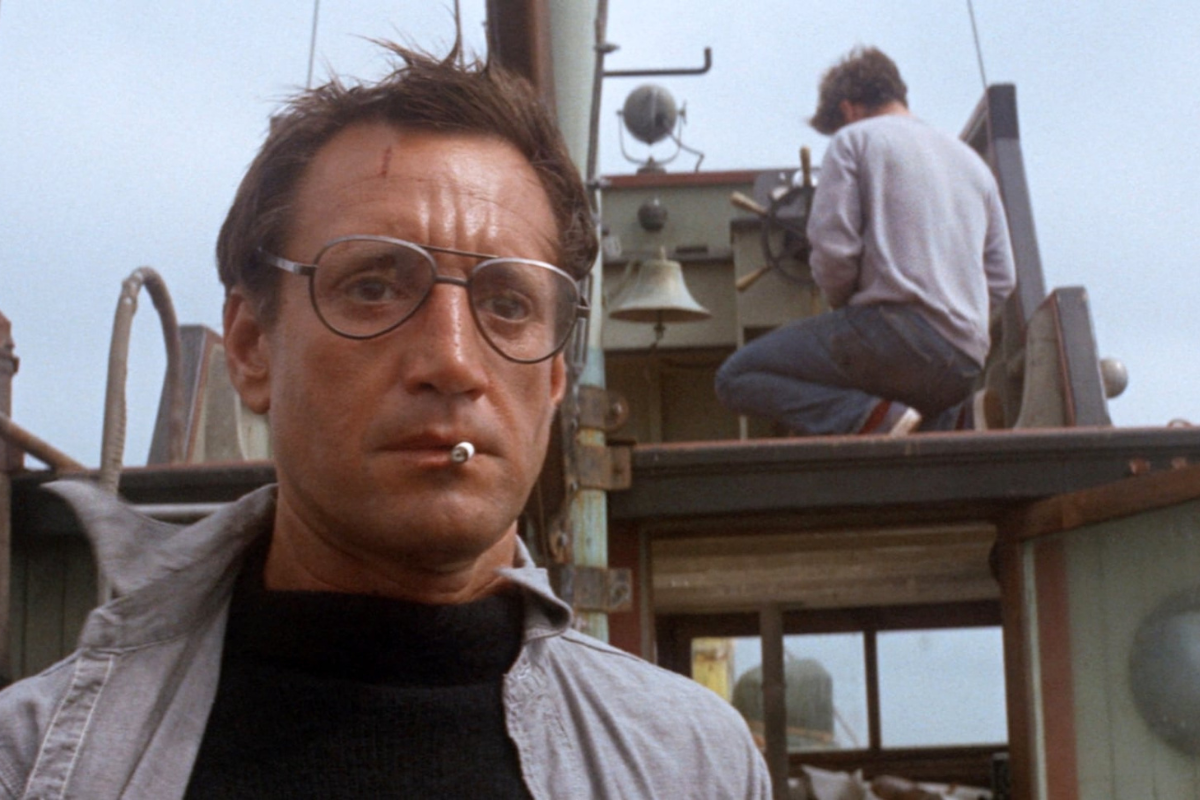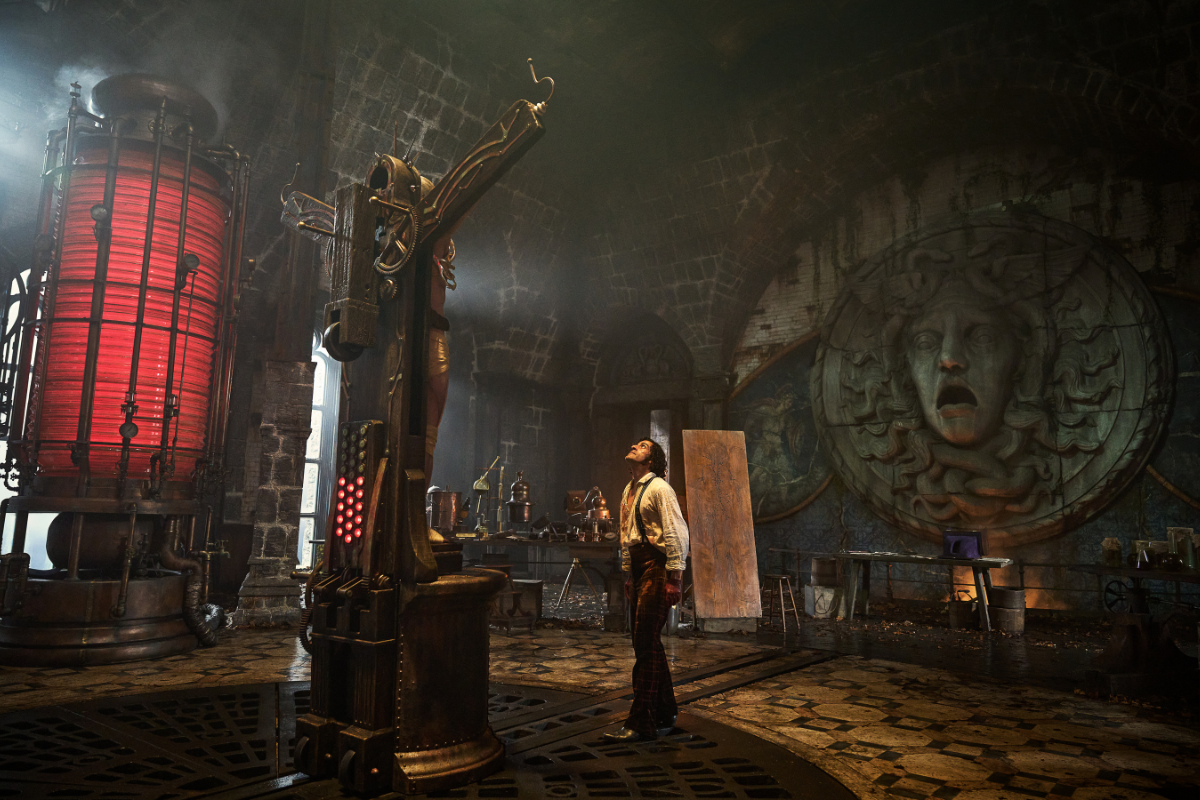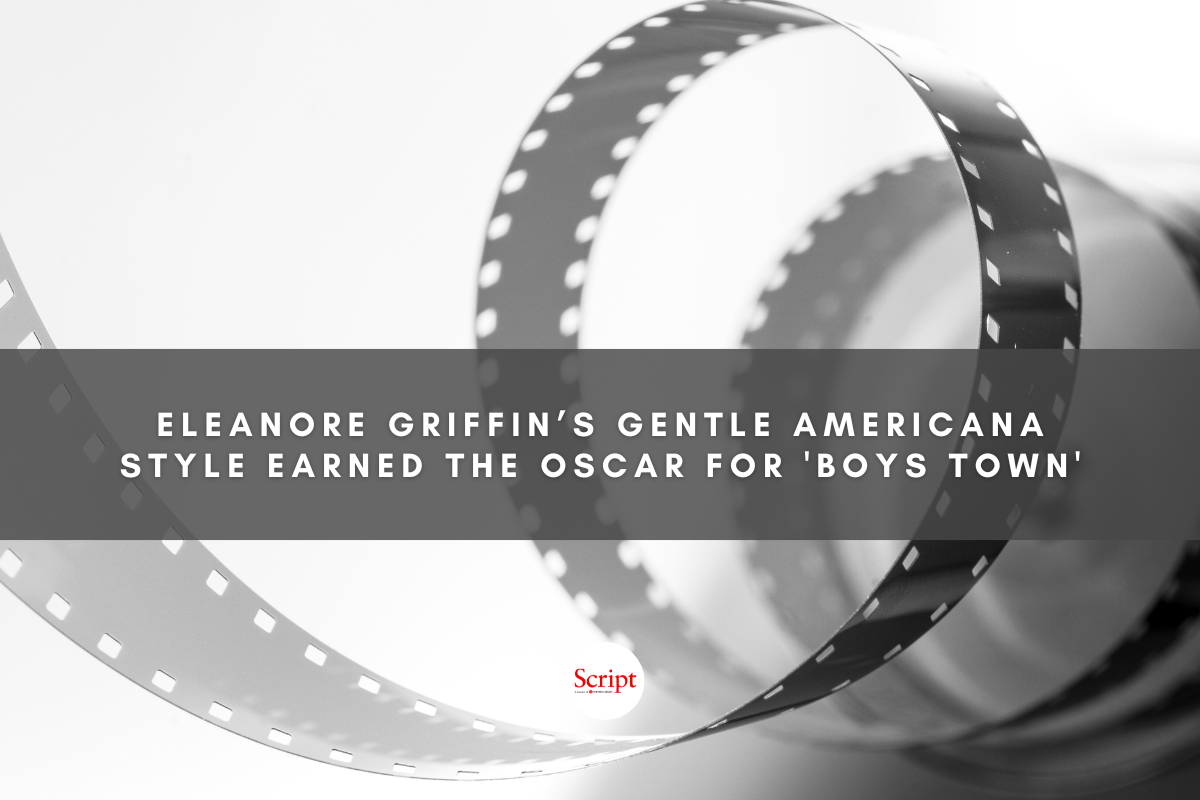‘Jurassic Park’ at 30: The Gift that Keeps on Giving
The story is tight, the filmmaking is incredible, and the John Williams score puts it over the top. But it all starts with words on the page and the script for this one is an all-timer. After 30 years, it still sings, maintaining the bombastic and mesmerizing effect that Steven Spielberg imbued it with initially.
1993 was an important one for going to the movies, but for this screenwriter in particular it was magical. It was the year of The Fugitive, The Firm, True Romance, So I Married an Axe Murderer, and many more. Most importantly, though, it was the summer of Jurassic Park. It’s difficult to state what the world was like before Jurassic Park, because it was such a watershed moment in cinema. It was the biggest movie to come out that year, but one of the biggest movies to come out in cinema history—not just in terms of cinema history, but in terms of cultural impact. It’s a bonafide classic and after 30 years—or 65 million, depending on your reckoning—it still has so much to teach screenwriters, filmmakers, and storytellers.
Adapting the Spirit if Not the Details
Jurassic Park was adapted into a screenplay by Michael Crichton and David Koepp, based on the book of the same name by Michael Crichton. Anyone who has read the novel and watched the movie will tell you that they bear only a passing resemblance to each other. There is nothing more boring than watching a movie that is a shot-for-shot remake of a novel, they tend to be way too long and monotonous. I’m thinking specifically of Harry Potter and the Sorcerer’s Stone—a kitchen-sink adaptation that is just completely limp and makes no choices. But smart screenwriters understand that the medium matters and what works in a book does’t always work in a movie.
The screenplay adaptation of Jurassic Park is a masterclass in changing things to make it more crowd-pleasing and easier to understand. In the book, there’s a subplot where they’re also racing against the clock to make sure no dinosaurs get off the island, streamlining that out of the narrative of the film was the right call.
John Hammond is also given a redemption arc in the film that doesn’t exist in the novel. Reading an unapologetic capitalist who causes a disaster in a novel remains an unapologetic capitalist feels very realistic and natural, but in a film, audiences expect a change in characters.
The spirit of the book remains the same, but the adaptation creates something much more universal for the medium. Jurassic Park as an adaptation, even after thirty years, is worth studying in both directions for the beats of storytelling and how to do an adaptation correctly.
Answering the Questions
Jurassic Park would be a completely different movie if they didn’t explain the genesis of the dinosaurs. Try to imagine that film without explaining the science behind living dinosaurs. Would you, as an audience member, feel comfortable just jumping into that world without getting an answer about how the dinosaurs were made? So much of the fascinating science-fiction element of that film comes from the science behind how they might have brought the dinosaurs to life.
The movie wouldn’t work without that detour into the science because audiences would have spent too much time asking themselves why the dinosaurs existed. Crichton and Koepp, the writers of Jurassic Park, understood the assignment that they were given. It would be easy to look at all of the running time and script pages spent explaining the science and jump straight to the excitement, but the story unfolds in a much more mature way, allowing audiences to suspend their disbelief and follow the science.
Without the science, Jurassic Park likely wouldn’t be classified as science fiction—it would be just another B-adventure monster movie like King Kong. That’s not to say there’s anything wrong with King Kong, but that’s just not what audiences were signing up for with a movie based on a Michael Crichton story.
It’s also fascinating to see the vehicle with which much of the science is revealed: a theme-park like video and ride that reveals the information at a low level, as if for children, frustrating the scientists who want to go deeper and ask more in-depth questions. It functions to let kids follow along and answer those more intelligent questions in a really elegant way.
When you’re looking at what questions your story needs to answer, think about what they’re expecting and what questions they’d ask that would be to the detriment of the story. Make sure you’re answering everything you can that won’t get in the way.
The Art of the Reveal
It would have been easy for Jurassic Park to start with the dinosaurs—well, more than it already does with Muldoon battling the raptors. Aside from this opening tease, the dinosaurs are kept behind the proverbial curtain until our point-of-view characters—Doctors Grant, Sattler, and Malcolm—see them for the first time.
This is something that sets the tone for the film and lets us see how amazing this really is. By holding the reveal, the audience is able to bask in the wonder at the same time as the characters that have just entered this world.
Think about this like the introduction of Orson Welles as Harry Lime in The Third Man. The characters all talk about him relentlessly, and we get to know him through everyone’s perception of him. When that light clicks on and he smiles devilishly, we know so much about what this could possibly mean in a way that really focuses the audience on their participation in the narrative. Jurassic Park does the same thing, but adds the element of the impossible to it—I mean, we can’t really clone dinosaurs yet.
As you build the major turns and reveals in your story, how can you craft them in a way that preserves that surprise and allows the audience to take part in the breathtaking awe? There are few better examples than this.
Think about the build up of the velociraptors in the same context as Harry Lime. We see Muldoon struggle with one unseen at the beginning. We hear the stories Dr. Grant tells about them to scare children. They discuss how dangerous they are over their locked and hidden paddock. And then… once we know exactly how lethal they are, they’re released. It’s a perfect build up and is the only reason they’re so terrifying by the end.
Characterization and Dialogue
If there’s another thing with celebrating in Jurassic Park, it’s the characterization and dialogue of each of the characters. They’re all so incredibly unique and lovable in their own ways (even if you hate them.) As you watch the movie, see if you can imagine any of the dialogue from one character coming out of the mouth of another character. There might be a tiny little bit of overlap between the kids, but aside from that, everyone is an expert in their field and talks in a really distinct way based on their background, training, and point of view.
If you were looking at the dialogue on the page without the character names attached, you’d be able to tell who was speaking. John Hammond speaks in a very proper way, his accent is practically dictated by his word choice. Dr. Sattler’s is generally more upbeat than Dr. Grant, and they differ in their specialties (paleobotany vs. more general paleontology). Dr. Malcolm is a force on his own with every line he utters. Even Dennis Nedry and the bloodsucking lawyer—both greedy—can easily be told apart.
It’s a master class in paying attention to each of the concerns, backgrounds, desires, education levels, and upbringings of a wide cast of characters. And none of them speak the same way.
The characters are also defined by small, subtle actions that are just as relatable to an audience as the words they speak. Think about Alan Grant tying the seatbelt on the helicopter together and his dislike of children. Add to that his decision to launch that flare and rescue the children when the T-Rex attacks, we have a very complicated character.
As you’re looking to refine your screenplay, think about ways you can set your characterizations in one direction, and show what the character is truly made of by making decisions in other directions.
Watch it Again
Jurassic Park is one of those movies that you can watch over and over again and it’s worth doing so. The story is tight, the filmmaking is incredible, and the John Williams score puts it over the top. But it all starts with words on the page and the script for this one is an all-timer. After 30 years, it still sings, maintaining the bombastic and mesmerizing effect that Steven Spielberg imbued it with initially.
Although it’s hard to capture the feeling of watching it for the first time in 1993, do your best to put on those fresh eyes and see how well the screenplay works for the first timers. You’ll be surprised how many secrets a script can hold after all this time.
Jurassic Park is currently streaming with your Peacock subscription. You can also rent or buy it to stream wherever you buy or rent movies.
Learn more about the craft and business of screenwriting and television writing from our Script University courses!
Bryan Young is an award-winning filmmaker, journalist, and author. He's written and produced documentary and narrative feature films and has published multiple novels and a non-fiction book. He's written for Huffington Post, Syfy, /Film, and others. He's also done work in the Star Wars and Robotech universes. You can reach him on Twitter @Swankmotron or by visiting his website: swankmotron.com.







